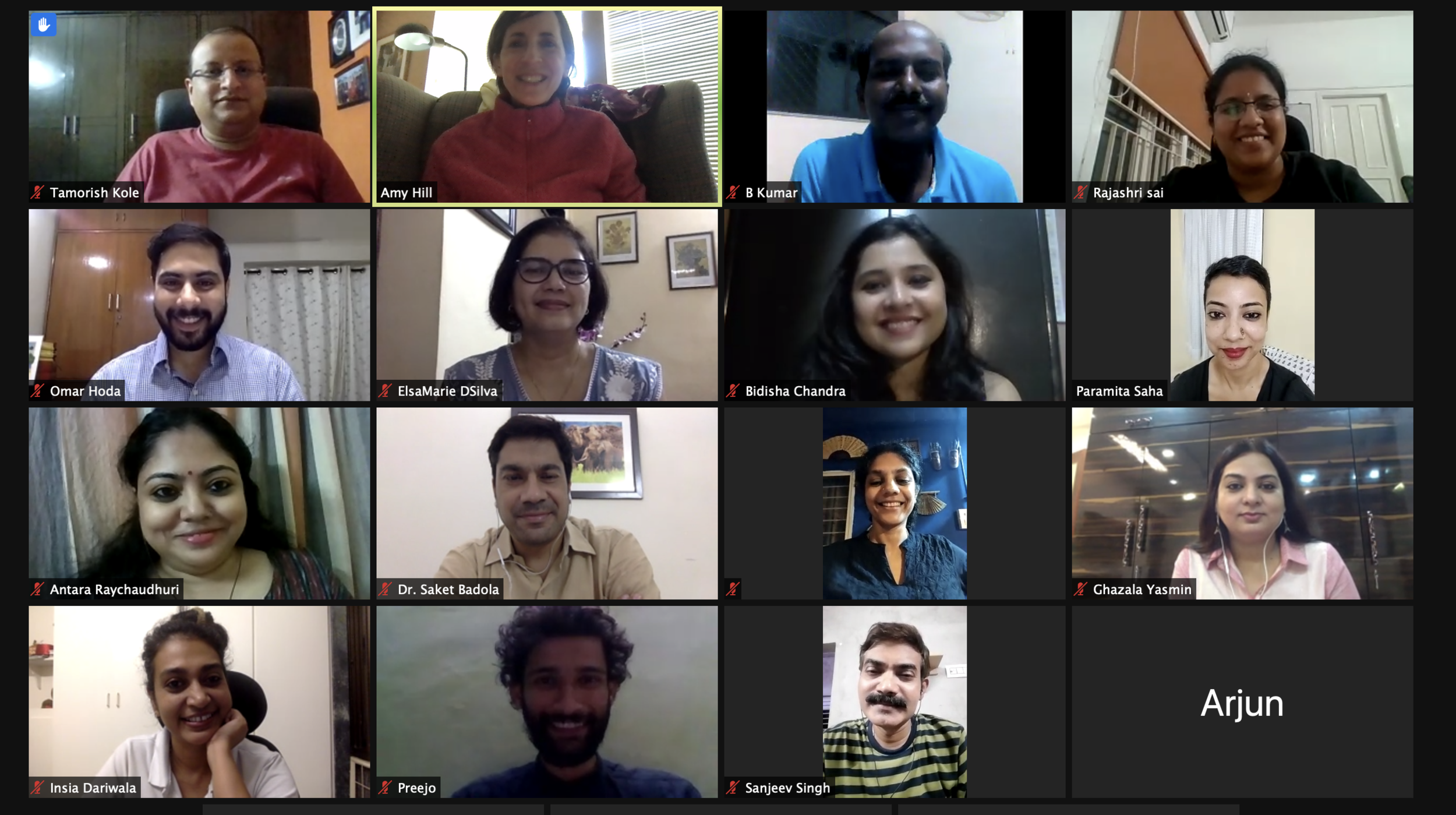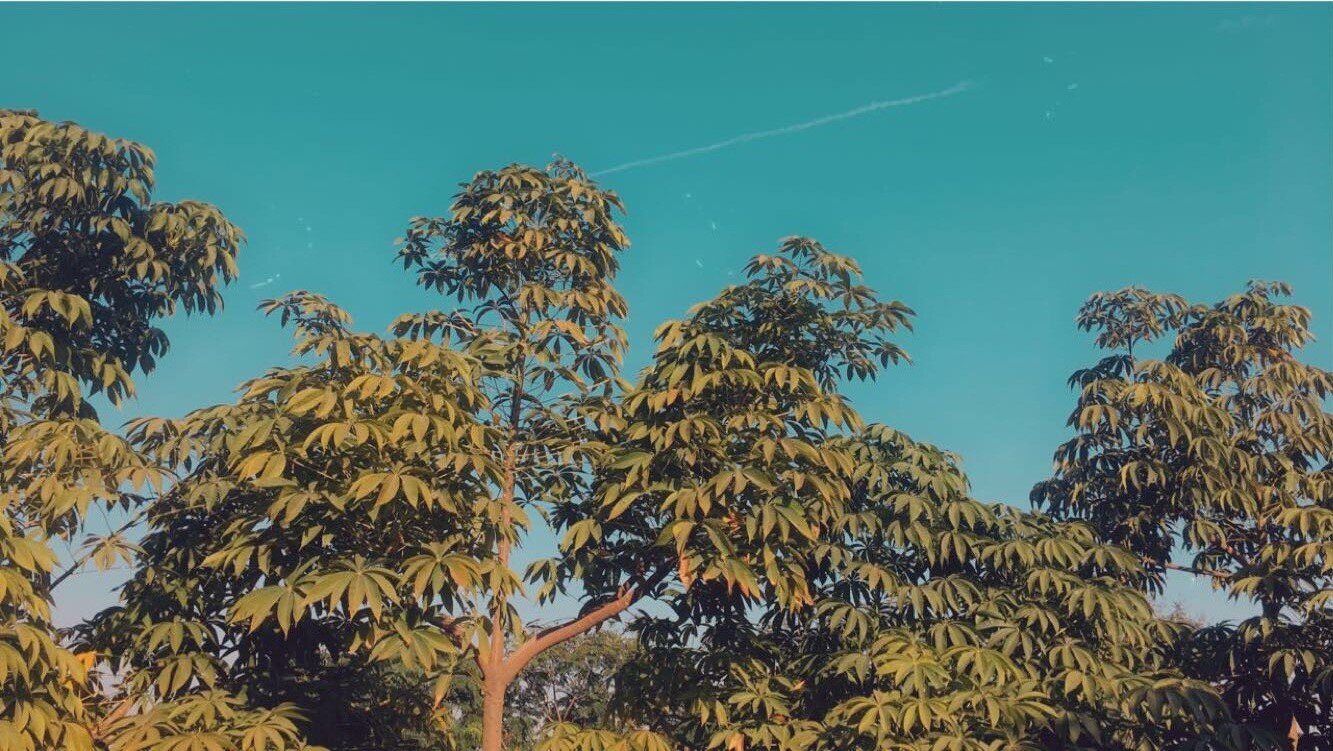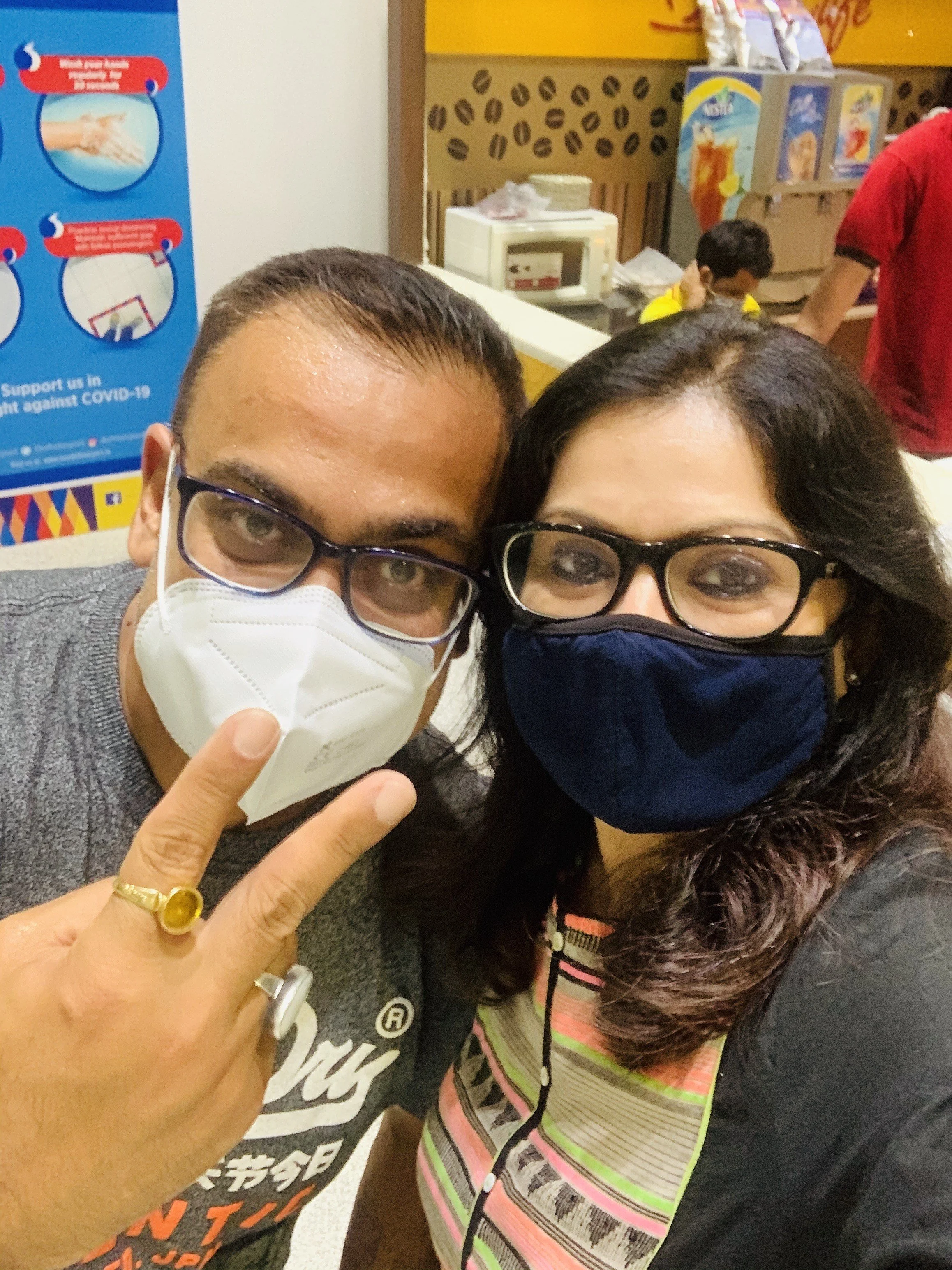
From October through December, 2020, StoryCenter collaborated with the U.S. embassy and consulates in India on a series of online storytelling workshops. People from the health, education, government, arts, civil society, and other sectors across India gathered via Zoom, to share and witness every-day stories of struggle, courage, and hope. We share a selection of these stories here, as an archive of personal experience during the pandemic.
View short videos created as part of the project, and read more about our methods.
Delhi is the place which gave me purpose, family, and home. But I am one of those people who has seen the skies of Delhi turn black, during my lifetime.
A week into the lockdown, to the surprise of everyone, we were introduced to the world of virtual courts.
During the stay at home order, all of it came back, the anxiety and the trauma, and I had no strategy to deal with it.
And here I was, alone and craving physical intimacy; craving even a hug. I felt I was dying slowly.
One youth was limping, and on another’s leg was bruised. All seemed tired and not able to walk an inch further.
Confined to the house, my visions of what could have been became even more frequent and vivid.
I was desperate for a non-screen activity to unwind, and I picked up the newspaper and thought, Why not?
I started to cry, not for Arvindan, but for the thousands of people who had been named simply as “migrants.”
I flit in and out of the room, hoping he will look up and maybe engage with me, with anyone.
As I write this story, I come across a video of her singing and dancing last year, and I ask myself, has she really gone?
My son and daughter gradually accepted that “going out” was NOT happening sometime soon.
Father and I don’t want to frighten her, so we have conveniently lied throughout the day.
It was my final move back to Cochin. Something about this quaint port city lurched in my heart.
It was the beginning of December, and all I could remember of 2020 was long periods of stress, misery, anxiety, and feelings of inadequacy.
I keep on thinking about how people, even near and dear ones, behave differently during a crisis.
What if you’re caught when you make the video call? What if he finds out? Is there really a way out?
Nothing in life, not even the fear and gloom of a pandemic, can dampen her spirits and her resolve.
My friends, ten of them, had decided to come over to my place after our finals were over.
I could empathize with what Madhavi was feeling– the roles had changed, but the situation was the same.
I enjoyed drifting into not having to speak to anyone for days and allowed the phone to keep ringing, fearing that I wouldn’t be able to make conversation.
As I was trying to fathom how the residents were negotiating the double blow of the pandemic and a natural disaster, a young girl, about ten years old, came running out from her house.
The road that I have been driving down for years through erratic traffic, the associated honking and city lights, was eerily quiet, dark and empty.
The sound of his voice took me into a flashback to last March, when so many migrants were stranded here…
It was the end of April, 2020. India was completing its second month of complete pandemic lockdown.
For the first time ever, we have a relaxation therapy video doing its rounds in Mizo, the local language. Ah! It's one world!
The winter solstice marks my mother’s 89th birthday. I have watched her accept her dependent role.
. . . and I could notice a relaxation in those faces, like all the stress and pressure flying away leaving the blissful expressions.
I had to be strong, and I was ... But there was something happening beyond my understanding.
Though it's usually impossible for me to stop my mind from ticking, I hardly had time to reminisce and reflect upon things.
We didn’t imagine in our wildest dreams that a one-month trip would turn into a tale of survival over many months.
The very thought of being all alone in the three room apartment on the fifth floor of a polluted, dense, and busy city gave me a fright.
On January 5th, my heart raced; the beatings multiplied as I took the test twice to confirm.
To beat the pressure, I started gardening. I did research on what to plant, at what time, and learned a lot.
I prefer not to call our conversations “sessions.” They are just casual chats with a young person who once poured her heart out to me.
This life is mine. I realized, only if I stay well will I be able to ensure the wellness of my family, friends, and community.
Apparently her relatives and some well-meaning community members had interpreted her turmoil as “the overreaction of a newly married girl,” and sent her back to her husband.
“You can tell us any story, but we won’t let you take the girl away from here,” another villager said.
I faced lot of humiliation and bad words because she was my relative, as if it was her fault. There were even attacks on social media.
Collecting and sharing the stories was not just another task for the studio, but a way I chose to keep myself afloat and nourished.
By the time we reached my dad, his condition had deteriorated, and his blood oxygen saturation level had dropped to 70%.
She said, “Oh yes, the jamun is very important– it decides the quality of the final product.
Note: the title of our project is inspired by a quote from a powerful article by Indian author and activist Arundhati Roy, published in the spring of 2020:
“Historically, pandemics have forced humans to break with the past and imagine their world anew. This one is no different. It is a portal, a gateway between one world and the next. We can choose to walk through it, dragging the carcasses of our prejudice and hatred, our avarice, our data banks and dead ideas, our dead rivers and smoky skies behind us. Or we can walk through lightly, with little luggage, ready to imagine another world. And ready to fight for it.”
Special thanks to the U.S. Consulate General Kolkata, the U.S. Embassy in New Delhi, and other U.S. Consulates in India, for their collaboration. Appreciations especially to these individuals, for their work to make this project possible: Sohini Das, Antara Raychaudhuri, Bobby Hore, Aishwarya Mondal, Rekha Sarmah, Olivia Mondal, Sanjukta Sarkar, Samira Bhattacharya, Sameek Ghosh, and Monica Shie.
The stories below were shared by members of our project team.
For more information, please contact Amy Hill, Silence Speaks Director, StoryCenter, at amylenita@storycenter.org
The gentle press of an iron through waxed paper binds the beads and makes the shapes complete, whole, fused.
With my store’s transactions going online, my “Lockdown Short” selected for online film festivals, and me creating ‘healing dance’ videos, I was content in my own locked-up world.
He has had passengers who were upset for various reasons, and he takes them through new routes for refreshments and delight to the eyes. Maybe, in some way, their hearts might absorb new air and get mended?
People around our neighborhood started becoming fussy around the doctor. We were worried not only about him, but about his grandmother. Slowly people started losing their minds.
My mother understands. She says, “We have made her capable of this, so she is doing what she always wanted, what we wanted; we have to support her.”
Somehow life seemed very fragile. Could we really ever return to the way things were, pre-COVID? Did we want to? Moving on, what intentions would I want to hold myself accountable to?










































































